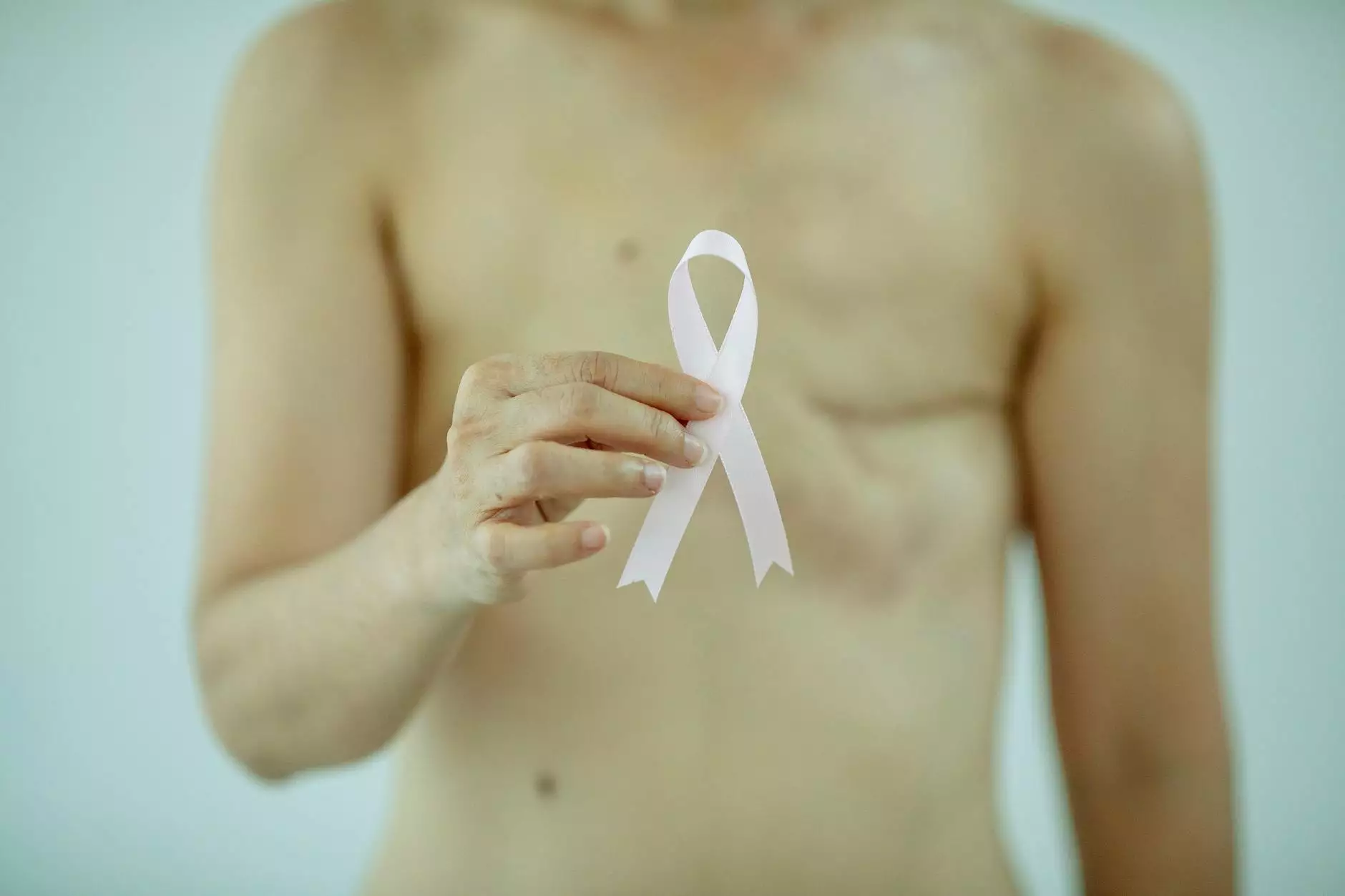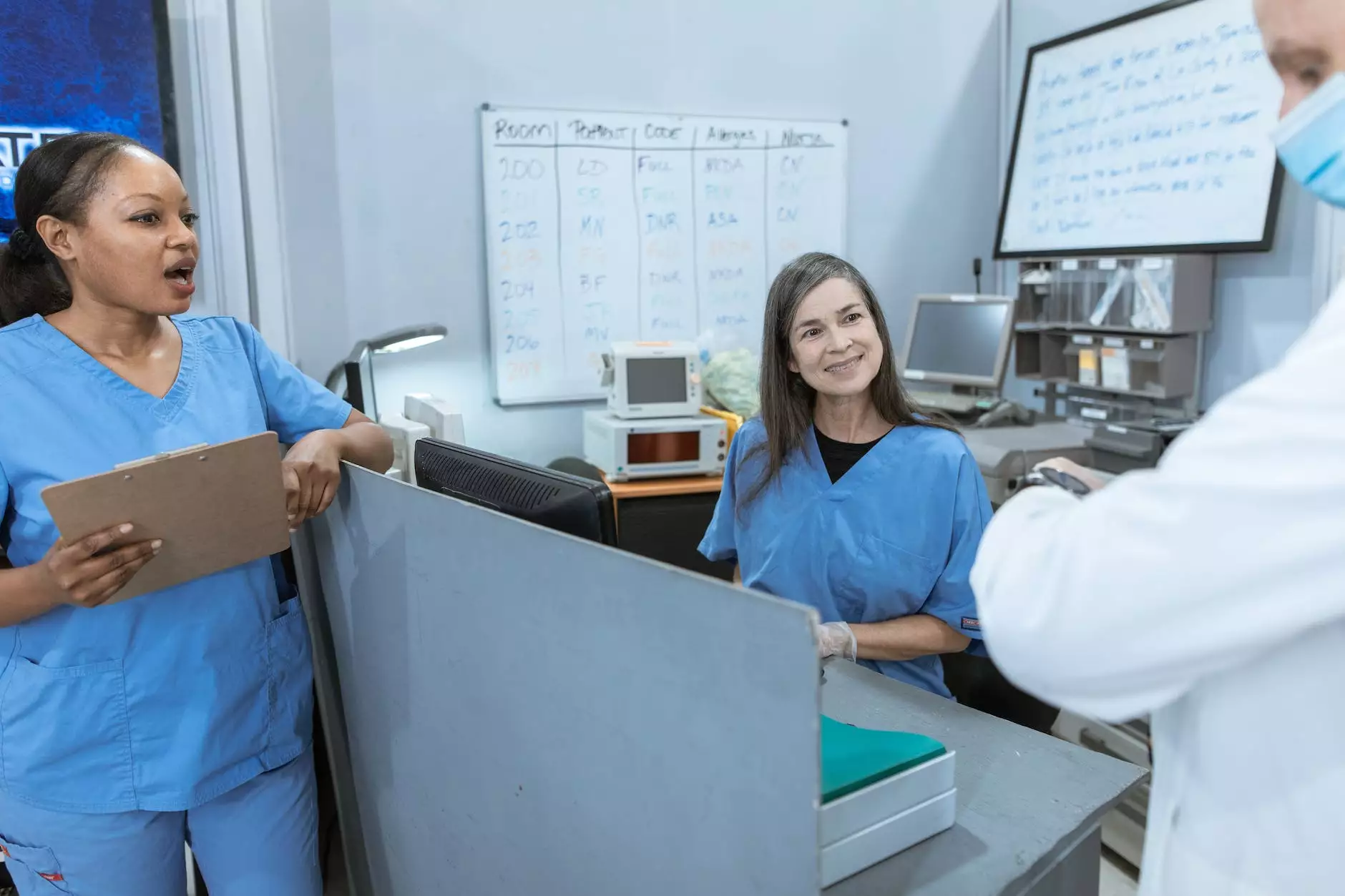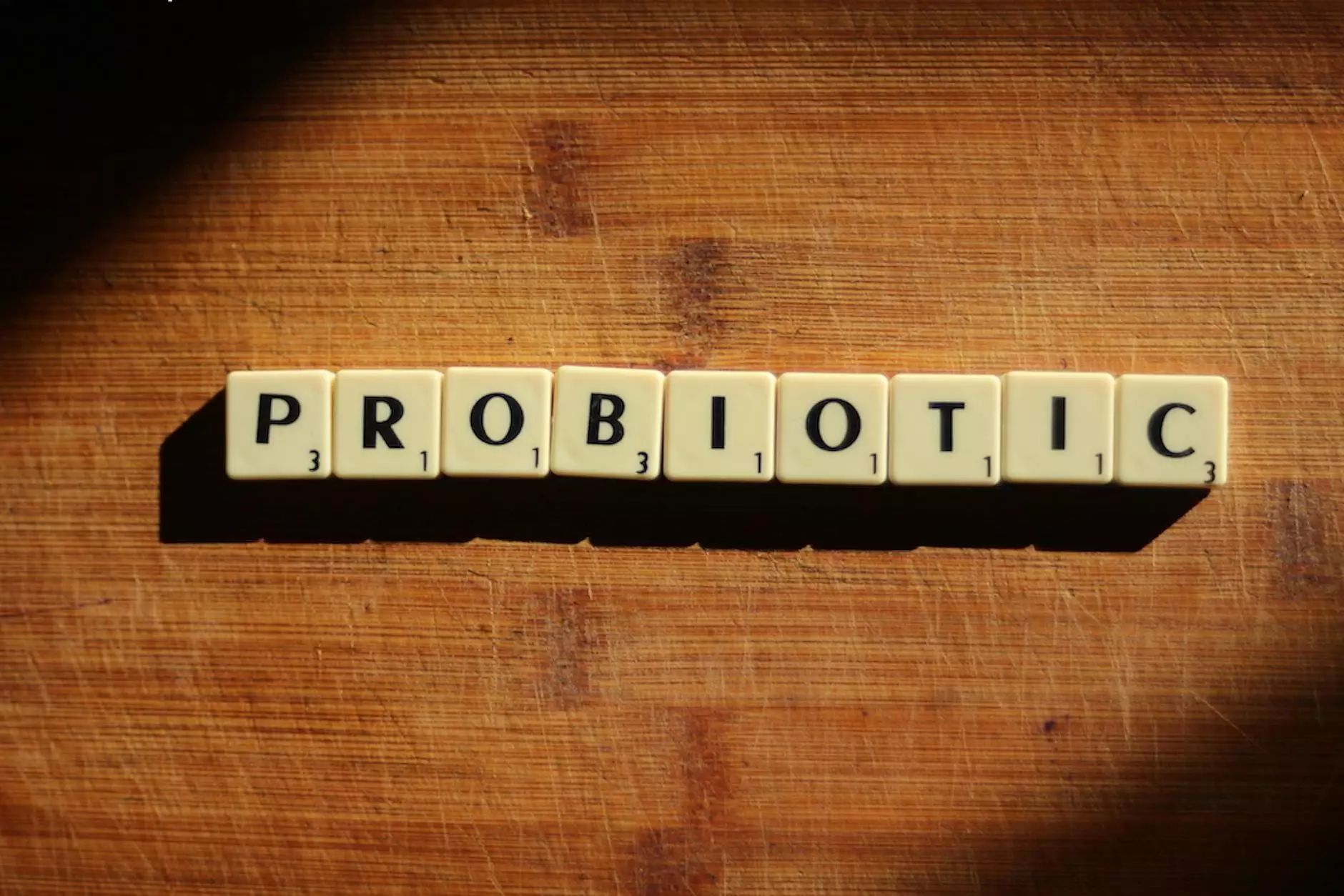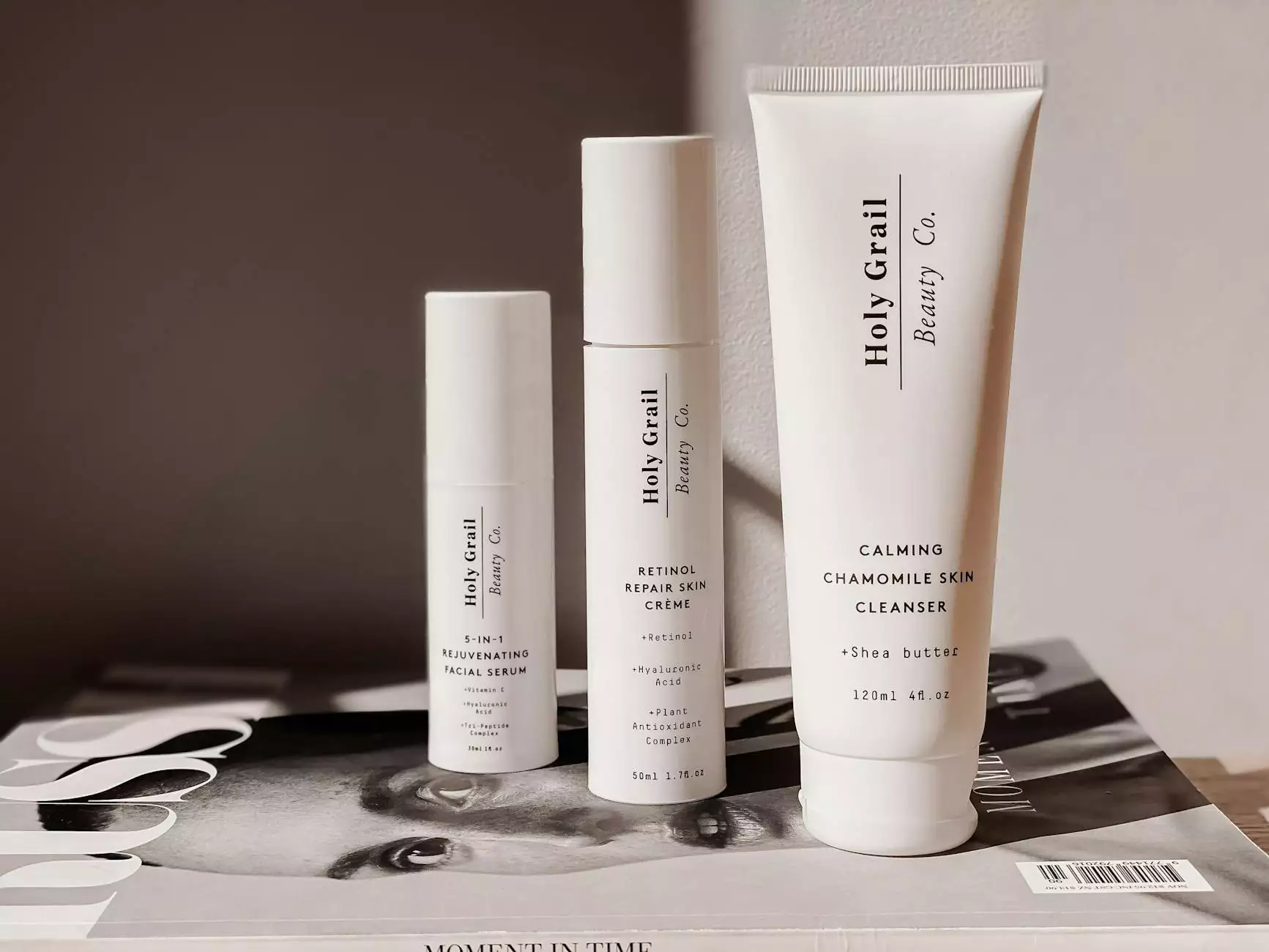Lipoma Removal: Procedure, Recovery And Aftercare Tips
Health
Introduction
Welcome to Ageless Wisdom Magazine, your ultimate source of comprehensive information on lipoma removal. Our mission is to empower individuals with the knowledge they need to lead a healthy and confident lifestyle. In this article, we will delve into the details of the lipoma removal procedure, the recovery process, and essential aftercare tips. Prepare yourself with the necessary knowledge to make informed decisions about your lipoma treatment.
Understanding Lipoma
Lipoma is a common non-cancerous growth of fatty tissue that forms just below the skin. It is usually painless and feels soft to the touch. While lipomas are generally harmless, some individuals may choose to have them removed for cosmetic reasons or if they cause discomfort due to their location or size.
Lipoma Removal Procedure
The lipoma removal procedure is a straightforward surgical process that can be performed by a dermatologist or a plastic surgeon. The steps involved in the procedure may vary based on the size and location of the lipoma, as well as the preferences of the healthcare professional.
1. Consultation and Evaluation
Before undergoing lipoma removal, it is crucial to schedule a consultation with a qualified healthcare professional. During this appointment, the healthcare provider will assess the lipoma's characteristics, discuss your expectations, and determine the most suitable removal technique for you. They will also provide you with detailed instructions on how to prepare for the procedure.
2. Anesthesia Administration
Prior to the start of the procedure, the healthcare professional will administer local anesthesia to numb the area surrounding the lipoma. This ensures that you will not experience any pain or discomfort during the removal process.
3. Incision or Minimal Invasive Techniques
Depending on the size and depth of the lipoma, the healthcare professional may choose to make a small incision in the skin or employ less invasive techniques such as liposuction or steroid injections. The chosen method will allow for the safe and effective removal of the lipoma.
4. Removal and Closure
Once the lipoma is accessed, the healthcare professional will carefully remove it from its position. After the successful extraction of the lipoma, they will close the incision using sutures or adhesive strips. This step ensures optimal healing and minimal scarring.
Recovery Process
After the lipoma removal procedure, it is crucial to follow proper aftercare instructions for a smooth recovery. Although the recovery period may vary depending on individual factors, there are general guidelines to accelerate healing and minimize complications.
1. Dressing and Wound Care
Your healthcare professional will provide specific instructions on how to clean and care for the wound. This may involve changing dressings, keeping the area clean and dry, and avoiding excessive pressure or trauma to the surgical site.
2. Pain Management
It is normal to experience some level of discomfort or pain after the procedure. Your healthcare provider may prescribe pain medication or recommend over-the-counter pain relievers to manage any post-operative pain.
3. Physical Activity and Rest
During the recovery period, it is important to strike a balance between rest and gentle movement. Engaging in light activities, such as short walks, can promote blood circulation and aid in the healing process. However, strenuous activities should be avoided to prevent complications.
4. Follow-up Appointments
Your healthcare professional will schedule follow-up appointments to monitor your progress and ensure proper healing. Attend all scheduled appointments and inform your doctor of any concerns or unusual symptoms during the recovery phase.
Aftercare Tips
Following the lipoma removal procedure, it is essential to take proactive steps to support your recovery and maintain optimal results. Here are some aftercare tips to consider:
1. Maintain Good Hygiene
Keep the surgical site clean and dry to prevent infection. Follow the instructions provided by your healthcare professional regarding cleansing methods and products.
2. Protect the Incision
Avoid exposing the incision to excessive sunlight, dirt, or any potential irritants. Cover the area with appropriate dressings or clothing to safeguard it during the healing process.
3. Follow a Healthy Diet
Eating a balanced diet rich in vitamins, minerals, and antioxidants can support the healing process. Consume plenty of fruits, vegetables, lean proteins, and whole grains to promote tissue repair.
4. Avoid Smoking and Alcohol
Smoking and alcohol consumption can impede the healing process and increase the risk of complications. It is advisable to refrain from these substances during your recovery period.
5. Stay Active
Engaging in light physical activities, as recommended by your healthcare professional, can aid in circulation and prevent complications such as blood clots. However, avoid strenuous exercises until fully recovered.
6. Follow Medical Advice
Adhere to the instructions provided by your healthcare professional regarding medication, wound care, and follow-up appointments. If you have any questions or concerns, do not hesitate to reach out to your doctor.
Conclusion
At Ageless Wisdom Magazine, we believe in equipping our readers with expert insights and information to make informed decisions about their health and well-being. We have covered the essentials of the lipoma removal procedure, the recovery process, and aftercare tips to ensure a smooth journey towards a healthy and confident lifestyle. Stay connected for more valuable content and empower yourself with ageless wisdom.










